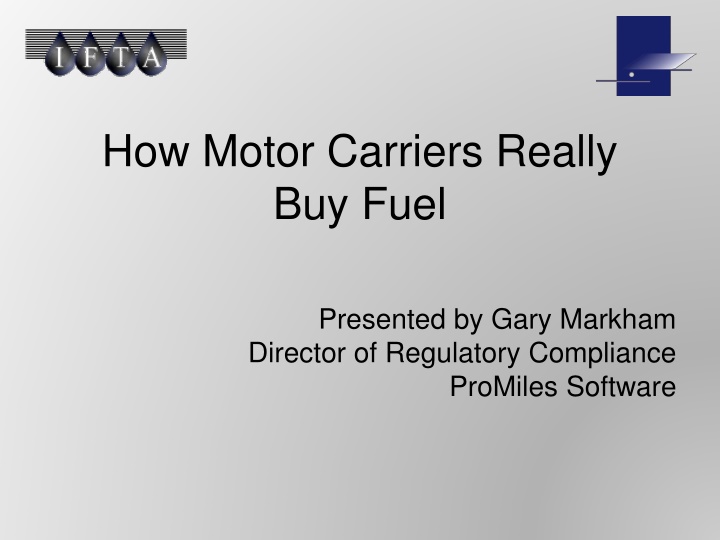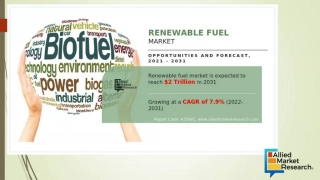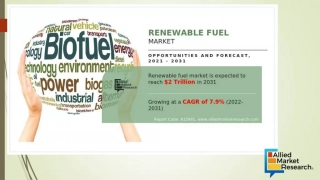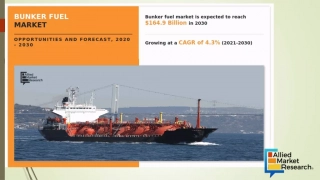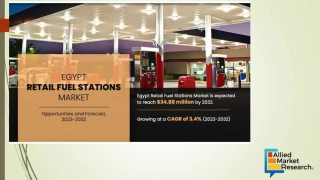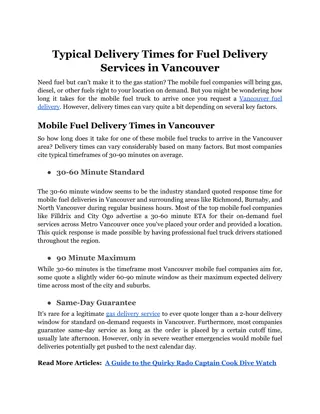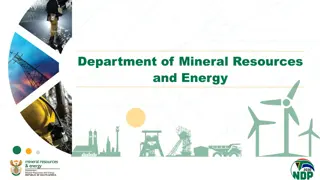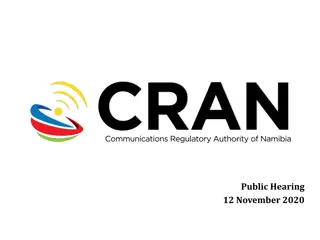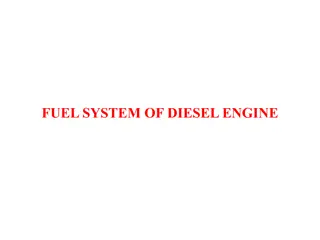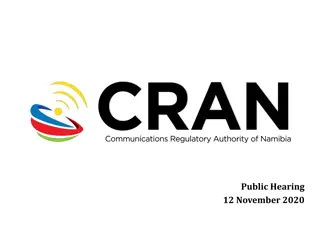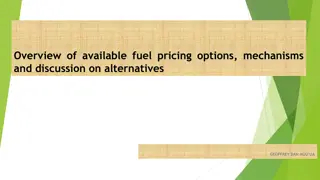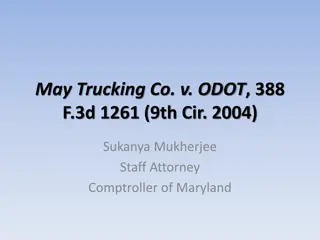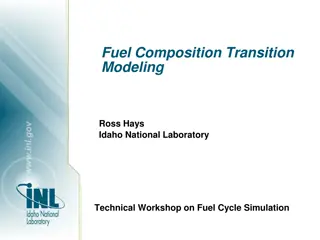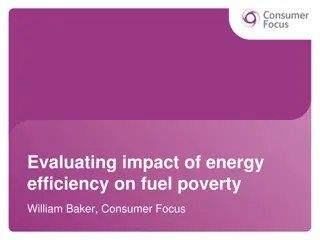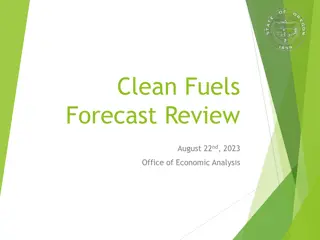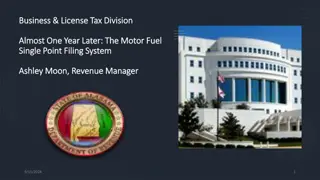How Motor Carriers Buy Fuel: Insights and Challenges
The discussion delves into the process of fuel procurement by motor carriers, shedding light on the intricacies involved. Key points include insights shared by Gary Markham, Director of Regulatory Compliance at ProMiles Software, as well as an overview of the Energy Information Administration (EIA) and the Department of Energy (DOE). The DOE's role beyond averages, challenges with the DOE average methodology, alongside comparisons with market fuel pricing are explored, offering a comprehensive view of fuel purchasing dynamics.
Download Presentation

Please find below an Image/Link to download the presentation.
The content on the website is provided AS IS for your information and personal use only. It may not be sold, licensed, or shared on other websites without obtaining consent from the author.If you encounter any issues during the download, it is possible that the publisher has removed the file from their server.
You are allowed to download the files provided on this website for personal or commercial use, subject to the condition that they are used lawfully. All files are the property of their respective owners.
The content on the website is provided AS IS for your information and personal use only. It may not be sold, licensed, or shared on other websites without obtaining consent from the author.
E N D
Presentation Transcript
How Motor Carriers Really Buy Fuel Presented by Gary Markham Director of Regulatory Compliance ProMiles Software
Energy Information Administration (EIA) or Department of Energy (DOE)
Who is the DOE The DOE is a government agency Created by The Federal Energy Administration Act of 1974 Created to address the energy shortage of the 70 s
DOE Does More Than Averages Responsible for Short/Long Term Energy Outlook Reporting on Natural Gas Drilling Productivity Electric Power Petroleum Supply Petroleum Marketing Monitor Biodiesel Production
DOE Does More So They do much more Than just publishing an average weekly fuel price But How is the Weekly Average calculated?
How is it calculated? 350 Retail pricing locations are polled Locations scattered across five PADDS Weekly price each Monday Retail price only
Problems with the average What are the problems with the DOE average?
There are problems with the average 350 locations out of more than 7,000
There are problems with the average DOE Average vs. Lane on 7/20/2015 $2.950 $2.900 $2.850 $2.800 $2.750 $2.700 $2.650 $2.600 $2.550
There are problems with the average DOE Average vs. Lane on 7/24/2015 $2.900 $2.850 $2.800 $2.750 $2.700 $2.650 $2.600 $2.550 $2.500
Have I peaked your interest yet! But Wait!!! There s More!!!
What Do Carriers Pay For Fuel Not Retail! Why? Truck stops want to funnel drivers into the stores >>>>
Truck Stop Margins Truck stops do have margins on fuel They are willing to give up a portion of that margin To sell items with a higher margin
How Do Carriers Get Discounts Fuel discounts come from several sources Negotiated discounts with truck stop chains Owner operators get discounts thru carriers Leasing companies offer branded cards that allow the carrier to take advantage of the leasing company s buying power.
What Does This Mean To You? Assuming a discount of 10 cents per gallon How will this impact the estimated gallons? How will it impact the truck s MPG?
Conclusion I m not suggesting we stop estimating fuel I am suggesting we 1. Look at a carrier s lanes of travel 2. Use regional averages instead of a national 3. Use a daily average price when we can 4. And ask the carrier if they have a fuel discount program
Q&A Time Thanks for Your Time Gary Markham Director of Regulatory Compliance ProMiles Software (205)854-0146 gary@promiles.com
